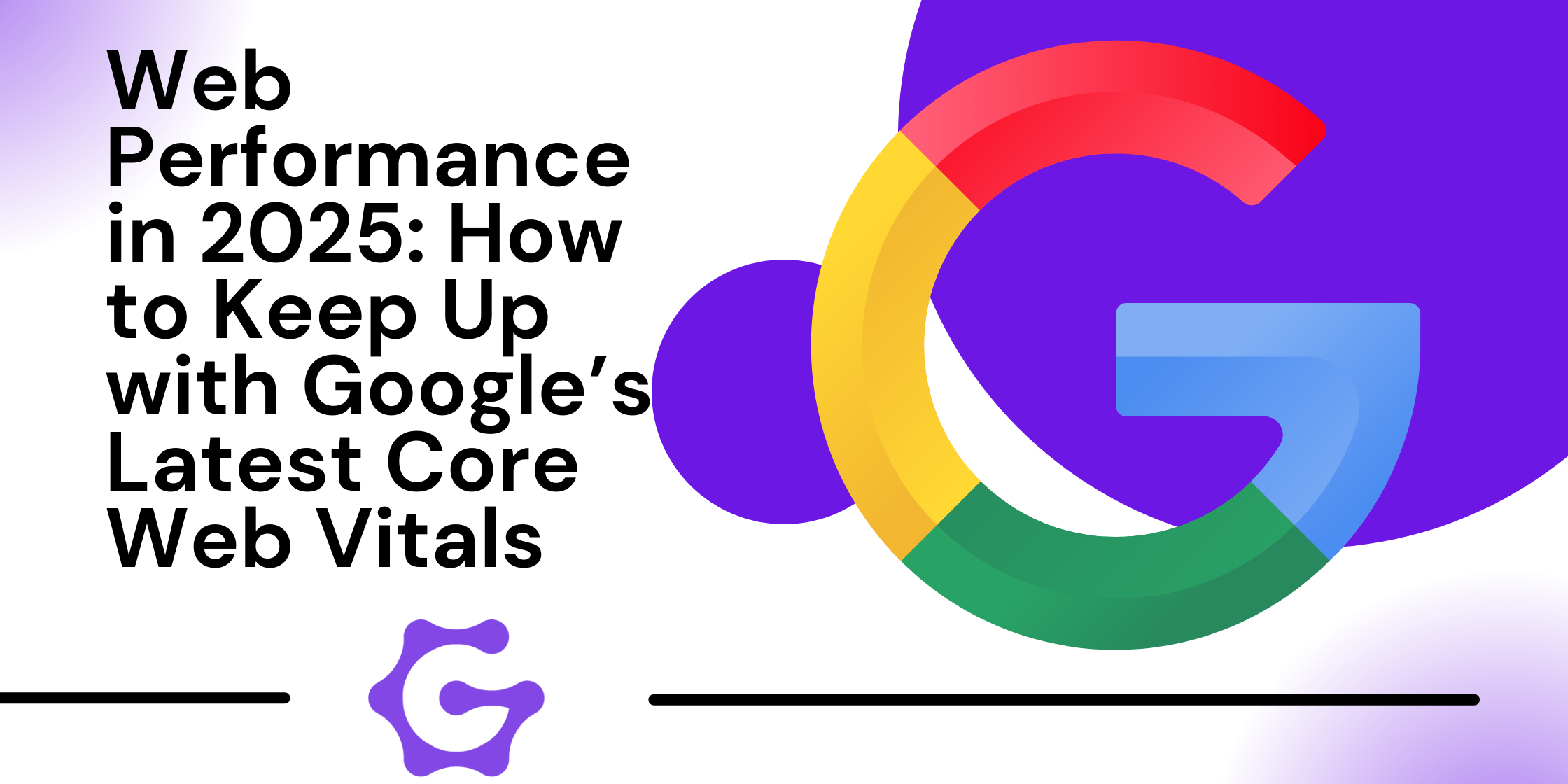Web Performance in 2025: How to Keep Up with Google’s Latest Core Web Vitals

Web performance remains a critical factor influencing user experience and search engine rankings. As we navigate through 2025, Google's emphasis on Core Web Vitals continues to shape the standards for website performance. Understanding and optimizing these metrics is essential for businesses aiming to maintain a competitive edge.
Understanding Core Web Vitals
Core Web Vitals are a set of specific metrics defined by Google to evaluate a website's user experience. These metrics focus on three primary aspects:
- Loading Performance (Largest Contentful Paint - LCP): Measures the time it takes for the largest content element to become visible within the viewport. An optimal LCP occurs within 2.5 seconds of page load.
- Interactivity (Interaction to Next Paint - INP): Assesses the responsiveness of a page by measuring the time from user interaction to the next frame being painted. A good INP score is less than 200 milliseconds.
- Visual Stability (Cumulative Layout Shift - CLS): Evaluates the frequency of unexpected layout shifts during the lifespan of the page. A CLS score below 0.1 indicates a stable page.
These metrics are designed to quantify the key components of user experience, providing actionable insights for web performance optimization.
The 2025 Google Algorithm Update and Its Impact
In March 2024, Google introduced a significant algorithm update, replacing the First Input Delay (FID) metric with Interaction to Next Paint (INP) as a core component of its ranking criteria. This shift underscores Google's commitment to a more comprehensive assessment of page responsiveness, evaluating the entire user interaction experience rather than just the initial input delay. Websites that fail to meet the updated INP thresholds may experience a decline in search rankings, highlighting the necessity for continuous performance optimization.
Strategies for Optimizing Core Web Vitals
To align with Google's latest standards and enhance web performance, consider implementing the following strategies:
1. Enhancing Loading Performance (LCP)
- Optimize Images: Utilize modern image formats like WebP or AVIF to reduce file sizes without compromising quality. Compress and resize images appropriately to ensure faster load times.
- Implement Server-Side Rendering (SSR): By rendering content on the server before delivering it to the client, SSR can significantly reduce load times, providing users with faster access to content.
- Prioritize Critical Resources: Use the fetchpriority="high" attribute for essential resources to ensure they load promptly, improving the LCP metric.
2. Improving Interactivity (INP)
- Break Down Long Tasks: Divide extensive JavaScript tasks into smaller, manageable chunks to prevent main thread blocking, facilitating quicker user interaction responses.
- Limit JavaScript Execution: Minimize the use of heavy JavaScript frameworks and eliminate unnecessary scripts to reduce processing time and enhance responsiveness.
- Provide Immediate Feedback: Implement visual cues like loading spinners or progress bars to acknowledge user interactions, enhancing perceived responsiveness.
3. Ensuring Visual Stability (CLS)
- Specify Size Attributes: Define explicit width and height for images and embedded elements to prevent unexpected layout shifts during content load.
- Reserve Space for Dynamic Content: Allocate designated space for ads, pop-ups, or dynamically injected content to maintain layout consistency.
- Avoid Animations That Trigger Layout Changes: Use CSS transformations instead of properties that force reflows, ensuring smooth animations without affecting layout stability.
Continuous Monitoring and Adaptation
Regular assessment of your website's performance is crucial to maintain optimal Core Web Vitals scores. Utilize tools such as Google PageSpeed Insights and Search Console to monitor these metrics and identify areas for improvement. Staying informed about algorithm changes and emerging web technologies will enable proactive adjustments, ensuring your website remains aligned with best practices and continues to deliver exceptional user experiences.
By prioritizing web performance optimization in line with Google's Core Web Vitals, businesses can enhance user satisfaction, improve search rankings, and achieve sustained online success in 2025 and beyond.